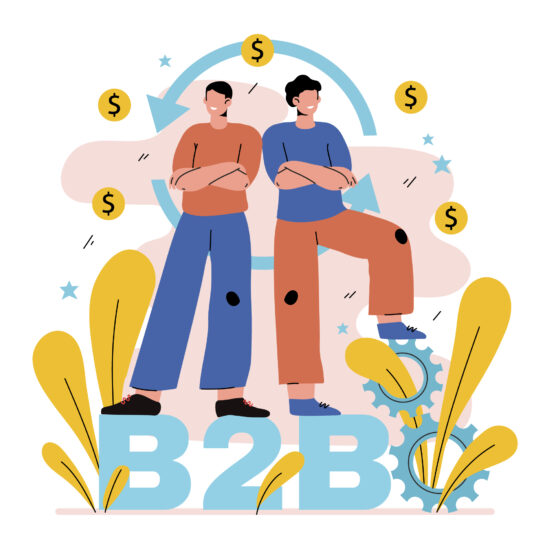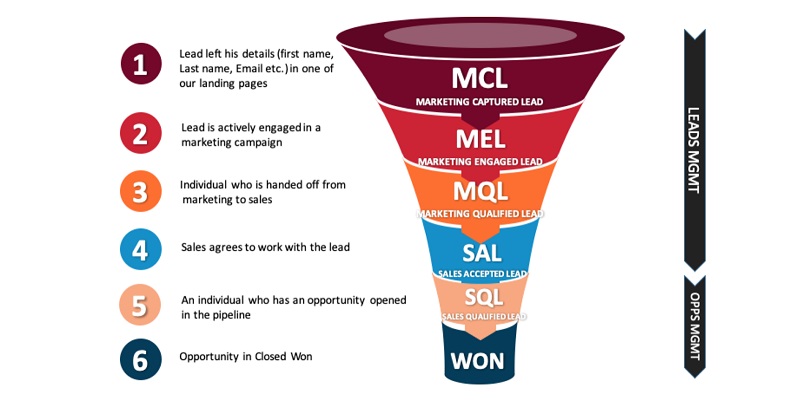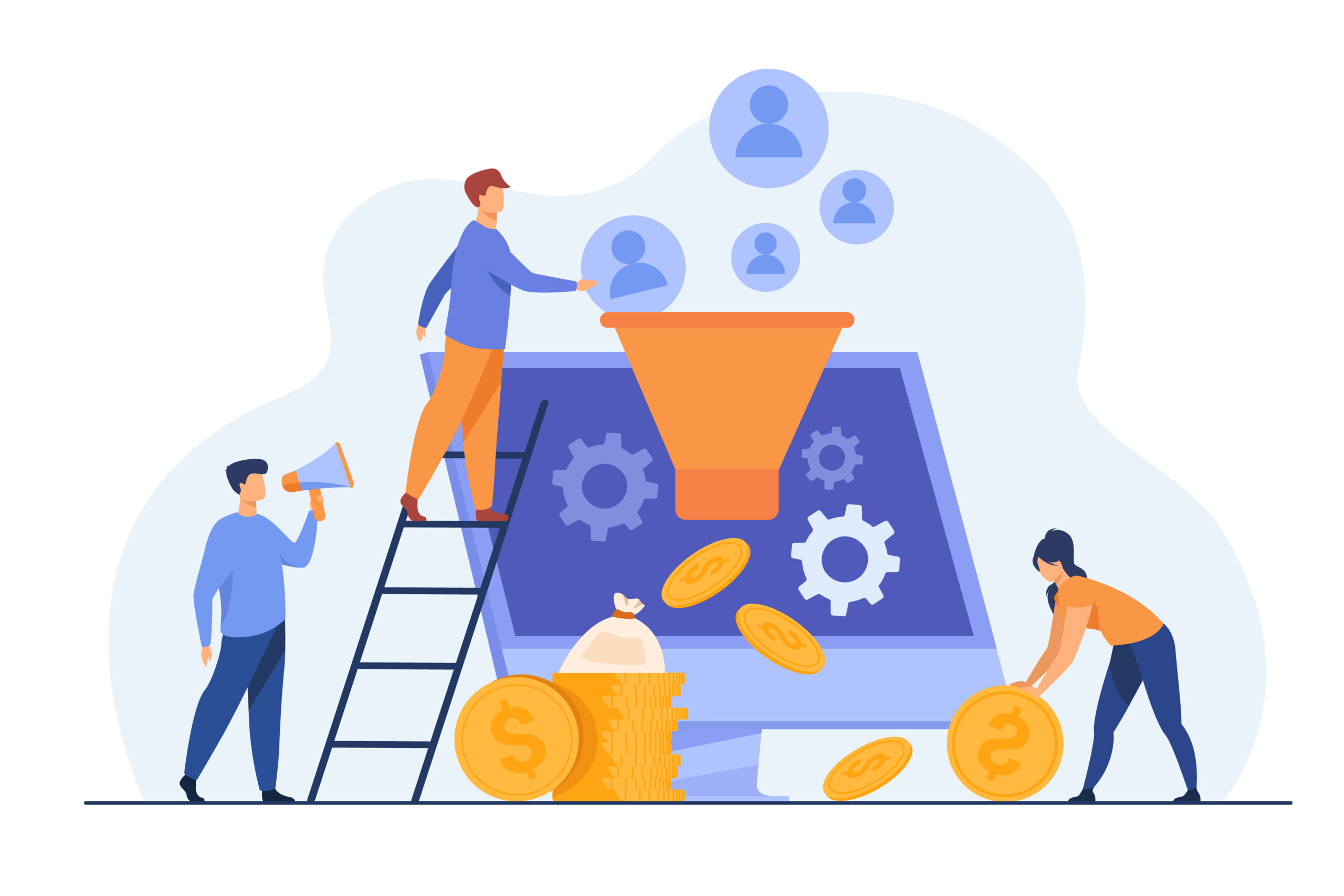Lead generation is a crucial aspect of any B2B business. Without a steady flow of qualified leads, it can be difficult to consistently close deals and grow revenue. One of the most effective ways to generate leads is through the use of a lead generation funnel. A lead generation funnel is a multi-step process that guides potential customers through the journey of becoming a paying client. By creating a well-designed and optimised lead generation funnel, businesses can increase the number of qualified leads and improve conversion rates.
9 Steps for Creating a B2B Lead Generation Funnel
Step 1: Define the stages of your B2B lead generation funnel. The first step in creating a lead generation funnel is to define the different stages and their objectives. Typically, a lead generation funnel has several stages including awareness, interest, evaluation, and conversion. At the awareness stage, the goal is to attract potential customers to your brand. The interest stage is where prospects begin to learn more about your products or services and decide if they want to move forward. In the evaluation stage, prospects compare your offerings to those of your competitors. The final stage, conversion, is where prospects become paying customers.
Step 2: Identify and target the right audience. Once you have defined the stages of your lead generation funnel, the next step is to identify and target the right audience. To do this, you need to understand your ideal customer. Consider factors such as demographics, industry, and pain points. By understanding your target audience, you can create more effective lead magnets, landing pages, and email campaigns that will attract the right people to your funnel.
Step 3: Create lead magnets. Lead magnets are the hook that draws potential customers into your funnel. These can be a variety of things such as e-books, whitepapers, webinars, or free trials. Whatever form they take, lead magnets should provide value to your target audience and entice them to provide their contact information in exchange.
Optimise and Overcome!
Step 4: Optimise landing pages. Once a prospect has entered your funnel, the next step is to direct them to a landing page. A landing page is a standalone web page that is designed to convert visitors into leads. To optimize your landing pages for conversion, it’s important to keep them simple and focused on a single action, such as filling out a form or scheduling a demo.
Step 5: Use lead scoring and lead nurturing. Lead scoring and lead nurturing are two important elements of a successful lead generation funnel. Assigning a numerical value to leads based on engagement and conversion likelihood is what lead scoring is all about. Building relationships with prospects over time through targeted and personalised communication is what lead nurturing is all about. By using lead scoring and lead nurturing, you can ensure that the right leads are moving through your funnel at the right time.

The Sales Funnel
Step 6: Measure and analyse funnel performance. Once you have your lead generation funnel in place, it’s important to regularly measure and analyse its performance. Use tools such as Google Analytics to track funnel metrics such as visitor-to-lead conversion rates, lead-to-customer conversion rates, and time spent on each stage. This will allow you to identify areas that need improvement and make data-driven adjustments.
Step 7: Utilise marketing automation tools. Marketing automation tools can help you streamline and scale your lead generation efforts. These tools can automate repetitive tasks such as email campaigns, social media posts, and lead scoring. Some popular marketing automation tools include MailChimp, Marketo, and Pardot.
Step 8: Follow-up and convert leads. Once a lead has entered the conversion stage of your funnel, it’s important to have a solid follow-up and conversion strategy in place. This could include a well-timed email campaign, a personalized demo or consultation, or a phone call from an experienced inside sales representative. Following up with leads promptly and effectively can make all the difference in turning them into paying customers.
Step 9: Integrate with overall sales and marketing strategy. Finally, it’s important to remember that the lead generation funnel should be integrated with your overall sales and marketing strategy. The information and insights gathered from the funnel should be shared with your sales team to help them close deals more efficiently.

Concluding
Creating a B2B lead generation funnel is a continuous process that requires testing and optimisation. However, by following these steps and using the right tools and technology, you can improve the efficiency and effectiveness of your lead generation efforts. At Evolved Contact, our Australian-based team of experts specialises in creating tailored and targeted lead generation funnels that deliver results. With our help, you can boost your sales and unlock new revenue streams for your business.

